
Safe Strategies for Financial Freedom
Read or listen offline
Amazon KindleRecommendation
If personal finance seems like a no-brainer for every brain but yours, this book will enhance your gray matter and your bank account. The payoff begins immediately. The authors explain complex and potentially mind-numbing terms such as "passive income," "stop loss" and "productive assets" in lively language that entertains without condescension. The text is sprinkled with helpful easy-step programs, charts and worksheets, features that integrate your financial data into the learning curve. Your participation enhances the book’s real-life examples. Quick summaries and detailed postscripts make the bite-size chapters even more digestible. Most of the examples are clear, with color and commentary that brighten potentially dry data. Occasionally, the authors slide into abstract number-crunching gymnastics that may leave readers stranded on the mat. But such mishaps are rare. And don’t skip the concluding chapters about human behavior. The insights about personal accountability, positive visualization and family education provide valuable dividends. getAbstract.com recommends this strong performer; it will yield excellent market advice.
Summary
About the Authors
Van K. Tharp, Ph.D., wrote Trade Your Way to Financial Freedom, and publishes Market Mastery, a newsletter, and Tharp’s Thoughts, an e-mail publication. He is president of the International Institute of Trading Mastery. D.R. Barton Jr. is editor of Ten-Minute Trader, a newsletter. He is COO and risk manager for the Directional Research and Trading hedge fund, and develops seminars in investments and trading. Steve Sjuggerud, Ph.D., is editor of True Wealth, a newsletter, and president of Investment University. He has managed investment portfolios, hedge funds and an equity research department.








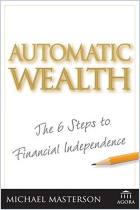
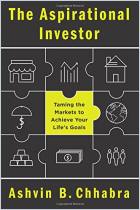
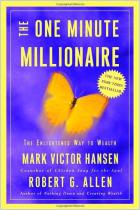
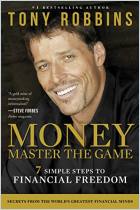

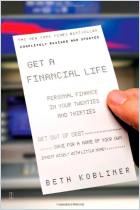


Comment on this summary